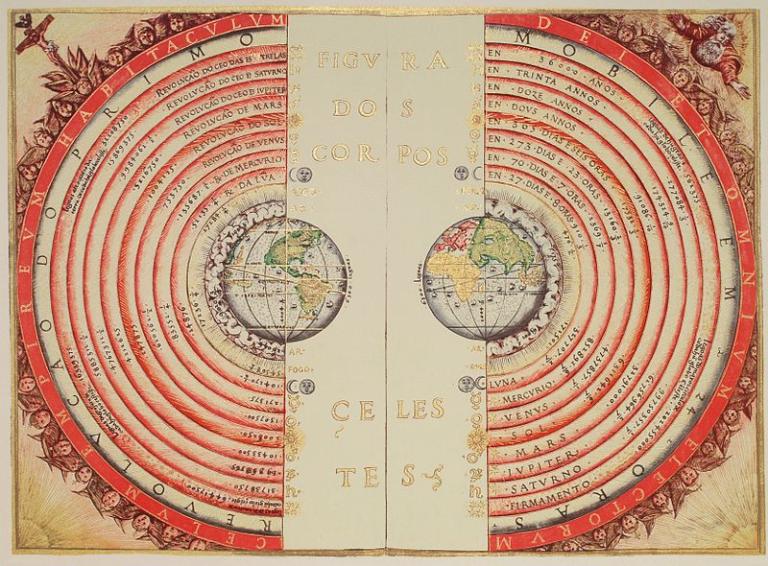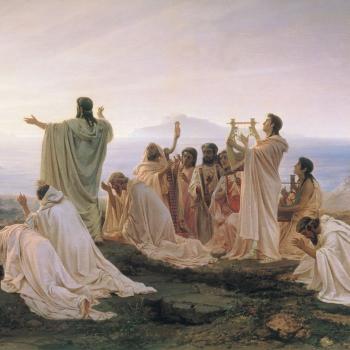
I’ll be working my way through John D. Barrow, The Book of Universes: Exploring the Limits of the Cosmos (New York and London: W. W. Norton and Company, 2011). At the time he wrote the book, Dr. Barrow was a professor of mathematical sciences and the director of the Millennium Mathematics Project at the University of Cambridge, in the United Kingdom.
When I was a school kid, we all knew that there was absolutely nothing remarkable about the planet on which we live. It’s an ordinary place in an unremarkable galaxy, right? Move along. There’s nothing to see here. But this turns out not to be true. There are a number of remarkable things about Earth. Here is just one of them:
As the Earth orbits the Sun, the line through the Earth’s North and South Poles around which it rotates each day is not perpendicular to the line its orbit traces. It is tilted away from the vertical at about 23.5 degrees. This has many remarkable consequences: it is the reason for the seasons. If there were no tilt then there would be no seasonal changes to climate; if the tilt were much larger then the seasonal variations would be far more dramatic. (5)
In the first chapter of his book, Dr. Barrow surveys some of the early theories of the solar system — which is to say, given the way that things were viewed in the ancient world, of the universe altogether — including those of Aristotle, of Ptolemy and his enormously influential second century AD Almagest, and of Giovanni Riccioli in his 1651 Almagestum Novum (“The New Almagest”), as well as that of Copernicus. Getting things right turns out to have been very, very difficult. The problem of understanding the motions of the planets wasn’t a simple one, because those motions aren’t simple.
It is not easy to understand the universe just by looking at it. We are confined to the surface of a particular type of planet in orbit, with others, around a middle-aged star. As a result, what we see in the night sky is strongly determined by where we are located on the Earth’s surface, when we look, and by any preconceptions we might have about where we should be in the grand scheme of things. Our world view predetermines our world model. (19-21)
He is making a point with regard to astronomy that I’ve made several times with respect to broader issues that are even more difficult to pin down with “objective data”: We see things from a certain perspective, from within a particular time, and facts don’t simply interpret themselves. They take their meanings, to a considerable extent, from the way they’re embedded in theories or world views.












